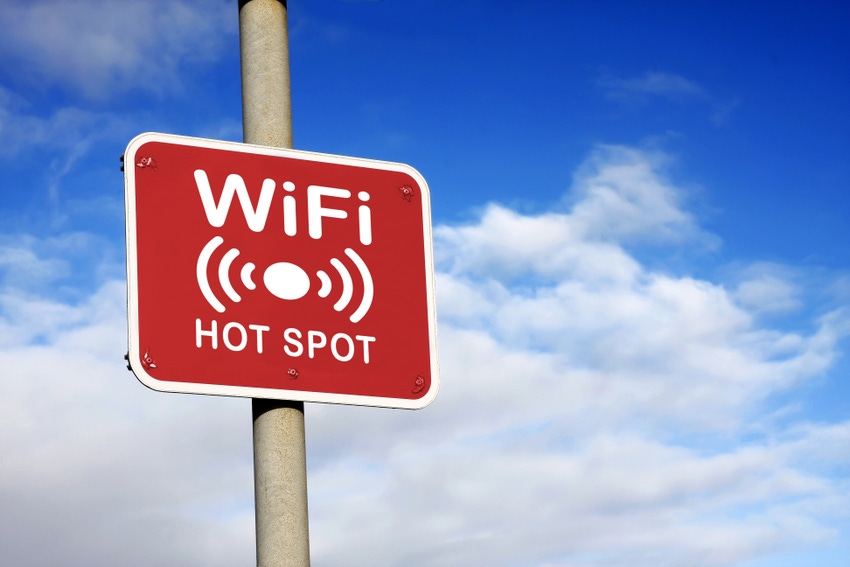The Wi-Fi Alliance is hosting a ‘Coexistence Test Workshop’ in a bid to defuse tensions between users of Wi-Fi and LTE, as their appetite for unlicensed spectrum threatens to bring them into contention.
November 4, 2015

The Wi-Fi Alliance is hosting a ‘Coexistence Test Workshop’ in a bid to defuse tensions between users of Wi-Fi and LTE, as their appetite for unlicensed spectrum threatens to bring them into contention.
The workshop is an attempt to nip confrontation and anger in the bud by creating an advance dialogue to promote understanding about fair spectrum sharing. Concern over conflicts of interest has been raised by reports of potential cannibalisation of unlicensed spectrum by the makers of LTE-U devices and mobile operators.
In September tensions were heightened when Telecoms.com reported that members of the mobile telecoms industry had formed a pressure group in order to stake a claim on the unlicensed spectrum that is currently used for Wi-Fi and many household gadgets.
The workshop was attended by many of the leading lights in equipment manufacture and mobile broadcasting, including Amazon, Broadcom, Dell, Ericsson, Gibson Brands, Google, Intel, NTT, Qualcomm, Toyota and Verizon. The parties met to debate a variety of proposals to promote harmonious coexistence. It also looked at ways to protect the billions of daily Wi-Fi users from being adversely affected by LTE-U.
The Wi-Fi Alliance’s own research indicates there may be a potential backlash created if LTE users colonise the spectrum currently used by Wi-Fi connected laptops, mobile and gadgets. Nearly seven in ten (68%) said they would be ‘very annoyed’ if they did not have access to constant Wi-Fi and 72% said their work would be significantly affected by the interruption.
Though consumers recognize the potential benefits of LTE-U, according to the survey, 75% registered concern about the technology’s impact on them. As a result, 53% of consumers in the study are now alerted to the LTE-U issue as it unfolds.
Since this could be an indicator of public reaction when the effects of LTE become more widely known, the Wi-Fi Alliance is to release an initial set of LTE Coexistence Simulation and Testing Guidelines. The objective is to create a harmonised approach, characterizing how well LTE-U devices coexist with Wi-Fi. On completion these guidelines could create a common foundation on which to determine fair sharing behaviours of all LTE-U devices, regardless of brand, in video, VoIP, and dense and dynamic Wi-Fi environments.
“Wi-Fi has been a model of good unlicensed spectrum stewardship, and we expect similar etiquette from all technologies sharing that spectrum,” said Edgar Figueroa, president of the Wi-Fi Alliance.
About the Author(s)
You May Also Like







.png?width=300&auto=webp&quality=80&disable=upscale)

.png?width=300&auto=webp&quality=80&disable=upscale)
_1.jpg?width=300&auto=webp&quality=80&disable=upscale)



.png?width=800&auto=webp&quality=80&disable=upscale)